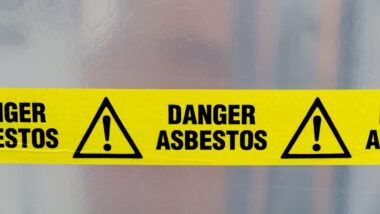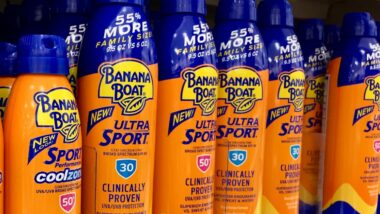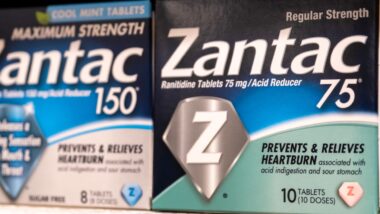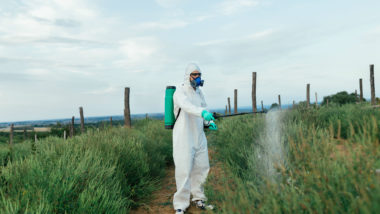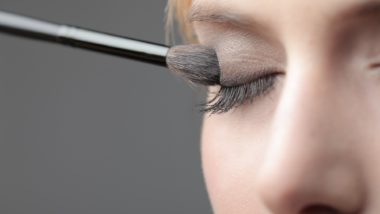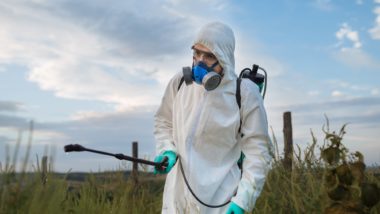Top Class Actions’s website and social media posts use affiliate links. If you make a purchase using such links, we may receive a commission, but it will not result in any additional charges to you. Please review our Affiliate Link Disclosure for more information.
Despite mounting evidence of the health risks associated with exposure to the chemicals found in the foamy substance used to fight fires at America’s commercial airports, the U.S. Federal Aviation Administration continues to require its use.
That means firefighters who are called to action during airplane fire emergencies are exposed to the aqueous film-forming foam’s toxic compounds, potentially adding to the danger they face to keep others safe.
The Science of AFFF Foam
Aqueous film-forming foam, or AFFF, contains perfluoroalkyl and polyfluoroalkyl, also known as PFAS. They are man-made chemical compounds developed in the 1940s to give materials resistant qualities. As a result, they are used in the production of nonstick cookware, stain-resistant upholstery and carpeting, and water-resistant clothing, among other items.
PFAS are also put to work in industrial operations during the fabrication of metals and plastics. The chemical properties that make PFAS useful in containing the unwanted spread of fumes and moisture on the factory floor make them useful in suppressing fires – particularly liquid fires like those involving jet fuel.
“AFFF forms a dense foam blanket that prevents oxygen from reaching the fire and smothers it,” according to a report published by Aviation Pros, an aviation industry magazine and website. It is so effective that AFFF foam has been relied on for decades, not only by the FAA, but also by the U.S. Department of Defense and airports and military operations around the world.
 The Dangers of AFFF Foam
The Dangers of AFFF Foam
The flip side of the AFFF foam coin is evidence that has been piling up for years that the PFAS, which so reliably suppress burning fuel fires, also pose health risks.
The U.S. Fire Administration recognizes the potential human cost. In a statement on its website, the agency acknowledges PFAS can build up in the human body when people are exposed to them either through ingesting them, inhaling them, or coming in physical contact with them on surfaces. And the compounds can stay in an exposed person’s system for a long time.
“This buildup may have negative health effects like a risk of thyroid disease and testicular, kidney and bladder cancers,” the fire administration says.
A report by The Intercept, an online news publication, also points to evidence AFFF foam has been linked through research to immune system, reproductive and hormonal dysfunction.
Human exposure to PFAS generally comes through direct use of AFFF, by anyone using it to put out a fuel fire or touching something like equipment that has AFFF residue on it, or by contact with an AFFF contaminated site.
Moving Away from AFFF Foam
The Federal Aviation Administration (FAA) requires all certified commercial airports to have firefighting services and equipment that generates AFFF and to have firefighters train periodically with the foam.
In October 2018, as part of the FAA Reauthorization Act, Congress directed the aviation agency to begin allowing airports to use fire containment foam that does not contain PFAS. The FAA has not taken any public action yet on that directive and continues to require airports use the traditional AFFF.
What Firefighters Can Do
Firefighters who are exposed to AFFF foam containing the potentially harmful PFAS can take some steps to lower their risk of adverse effects, according to the U.S. Fire Administration. Namely, that is to wear personal protective equipment and a self-contained breathing apparatus at all times when working with the foam. The protective equipment should be removed and bagged immediately after use and the breathing apparatus should be thoroughly disinfected before being put away for future use.
The administration also recommends firefighters use cleaning wipes on their face, neck and hands immediate after being exposed to the foam and to shower within an hour of exposure.
Join a Free Firefighting Foam Cancer Class Action Lawsuit Investigation
If you or someone you love developed cancer after being exposed to firefighting foam, you may have a legal claim. Fill out the form on this page now to find out if you qualify to participate in a free firefighting foam lawsuit investigation.
ATTORNEY ADVERTISING
Top Class Actions is a Proud Member of the American Bar Association
LEGAL INFORMATION IS NOT LEGAL ADVICE
Top Class Actions Legal Statement
©2008 – 2024 Top Class Actions® LLC
Various Trademarks held by their respective owners
This website is not intended for viewing or usage by European Union citizens.
Get Help – It’s Free
Join a Free Firefighting Foam Cancer Class Action Lawsuit Investigation
If you qualify, an attorney will contact you to discuss the details of your potential case at no charge to you.
PLEASE NOTE: If you want to participate in this investigation, it is imperative that you reply to the law firm if they call or email you. Failing to do so may result in you not getting signed up as a client or getting you dropped as a client.
Oops! We could not locate your form.

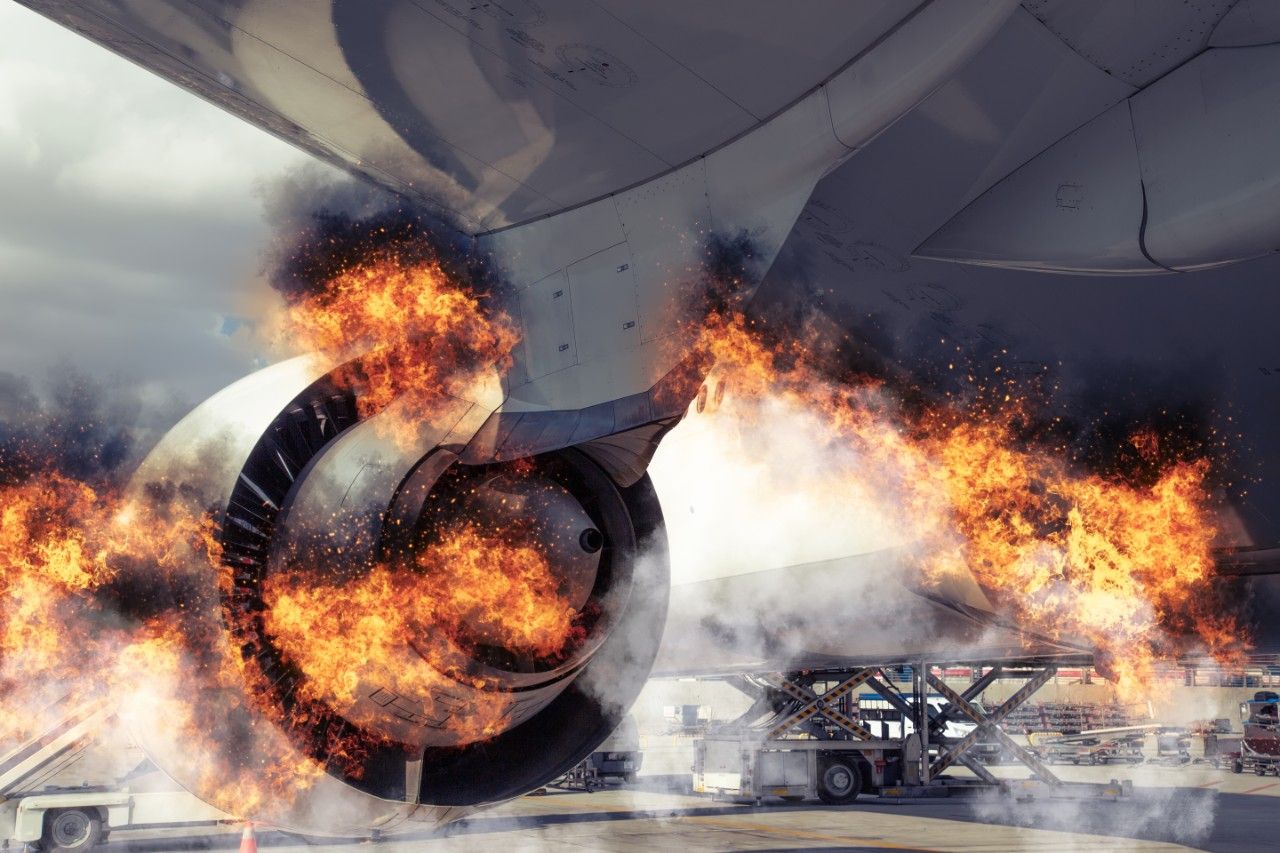
 The Dangers of AFFF Foam
The Dangers of AFFF Foam